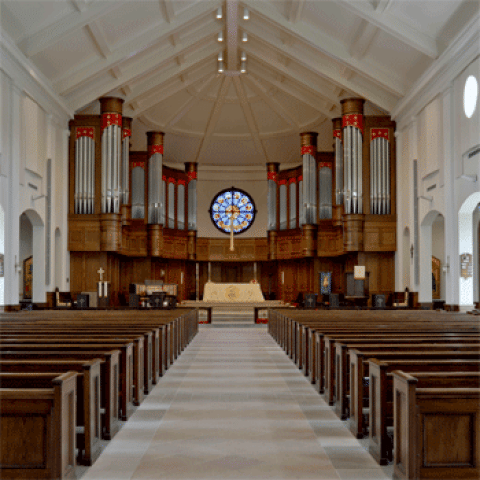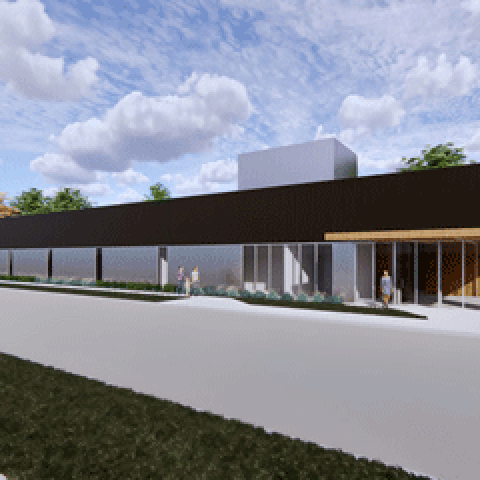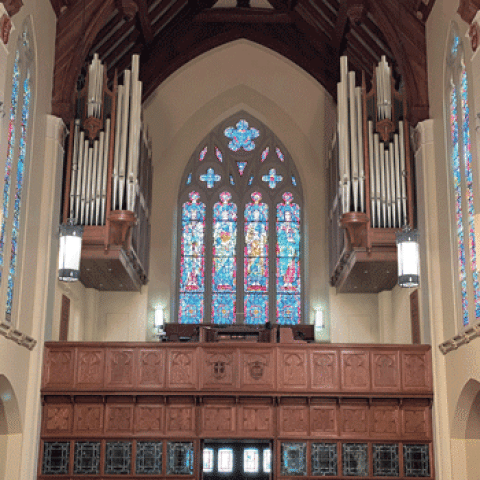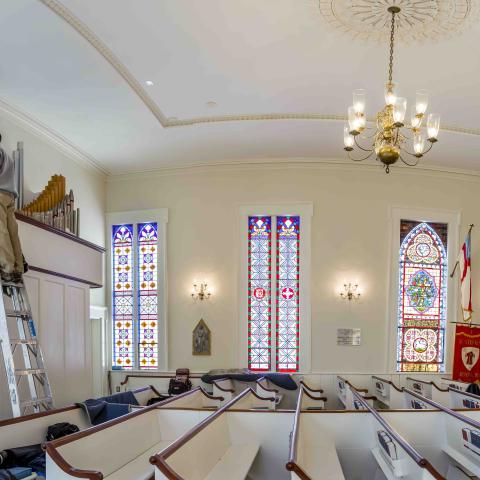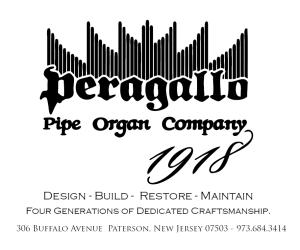
Peragallo Pipe Organ Company, Paterson, New Jersey, has purchased the Shenandoah Organ Company, Lyndhurst, Virginia, from the late Robert and Jeanne Lent.
Before his death on August 27, 2022 (see “Nunc dimittis,” November 2022, pages 6–7), Robert Lent visited the Peragallo factory where he transferred ownership of the company to Peragallo and visited the organ at Radio City Music Hall where he played as a staff organist early in his career.
The Shenandoah firm had clients in North Carolina, South Carolina, Virginia, West Virginia, and Pennsylvania. The Peragallo firm, founded in 1918, has clients throughout the Eastern Seaboard.
For information: peragallo.com.
Other organ builder news:

